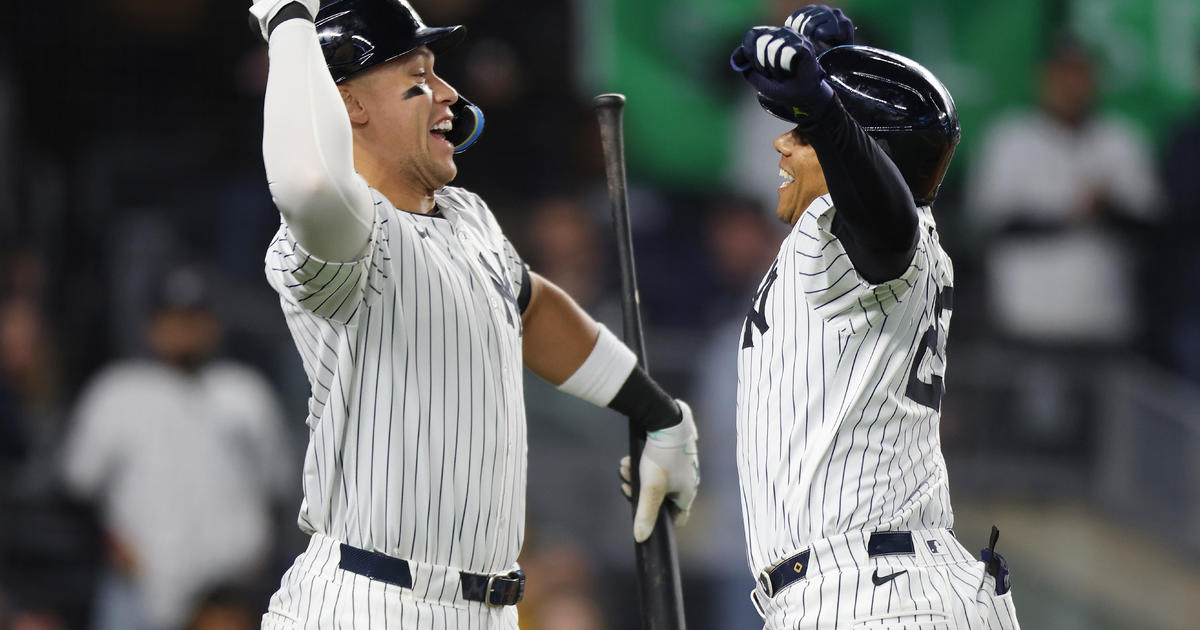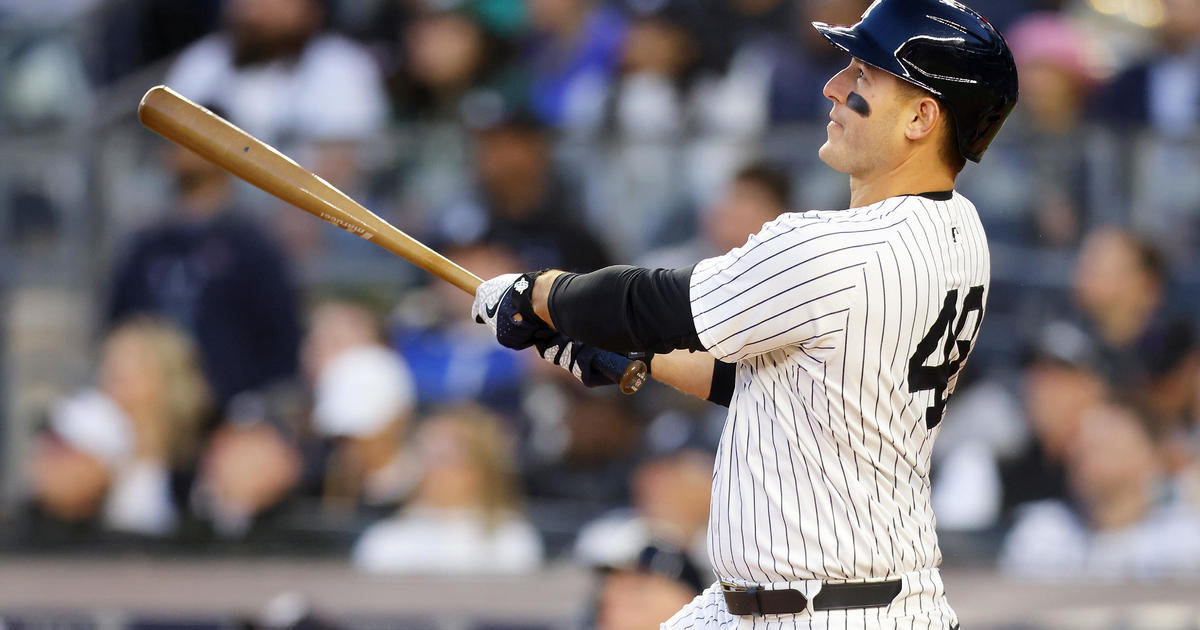Sims: Dr. James Andrews Weighs In On Tommy John Epidemic
By Abby Sims
» More Columns
Dr. James Andrews, the renowned orthopaedic surgeon who founded Birmingham, Alabama's American Sports Medicine Institute (ASMI), is one of the go-to guys for baseball players throughout the country when they suffer from shoulder or elbow issues. Last week Dr. Andrews published a position statement to explain the current "epidemic" of pitchers' ulnar collateral ligament (UCL) injures and the resultant Tommy John surgeries.
The Tommy John procedure entails the reconstruction of the elbow's UCL – which is the ligament that stabilizes the inner aspect of the joint.
Andrews details the risk factors that predispose adolescent pitchers to UCL wear and tear. The primary concern is simply doing too much too soon. That includes competing year-round, doing so on multiple teams, pitching while fatigued, and playing catcher when not pitching, which also necessitates repetitive throwing.
Additional factors discussed include improper mechanics and poor physical conditioning. Whether in youth ball or at the major league level, pitchers consistently exhibiting the highest velocities are reportedly at greatest risk for UCL injury.
In order to reduce risk, recommendations included:
-- Incorporating a biomechanical analysis to aid in optimizing pitching mechanics and establish a baseline. Utilizing the whole body properly to maximize performance should be emphasized.
-- Varying pitch speeds while focusing on control and mechanics. The goal should NOT be maximal effort with each pitch, whether on the mound, participating in throwing drills or during bullpen sessions.
-- Enhancing communication between pitchers, coaches and the medical team to monitor players' response to pitching and adjust care and activity accordingly. Andrews notes the need for adequate rest, hydration and nutrition to heal the small tears in the tissue that normally occur with pitching. Any unusual symptoms or adverse reactions should be cause to modify activity.
Note that this is also why recovery time is recommended for anyone doing strength training. It is the healing of the microscopic tears in the tissue that results in the building up rather than further breaking down the muscles being trained.
-- Avoiding pitching while fatigued, whether in-game or during bullpen sessions.
-- Considering rest and recovery time rather than winter league participation.
-- Staying away from PEDs and the excessively strong musculature that can result from their use, causing the UCL to break down because of heightened demand.
Dr. Andrews went on to discuss a number of fallacies often blamed for placing undue demand on pitchers' UCLs. Two of these are that:
-- The curveball as a prime offender.
Though research has not shown curveballs to be at fault for the mature pitcher, young pitchers may not possess the physical ability, or have had the proper instruction to master this pitch safely. Therefore, Dr. Andrews recommends young pitchers focus on developing a fastball after learning good general throwing mechanics and before adding a curveball.
-- The height of the mound is a causative factor.
Research has shown that torque on the elbow when pitching with full effort does not differ whether on the mound or flat ground. It is the velocity and effort that is the issue.
Follow Abby on Twitter @abcsims.
You May Also Be Interested In These Stories



